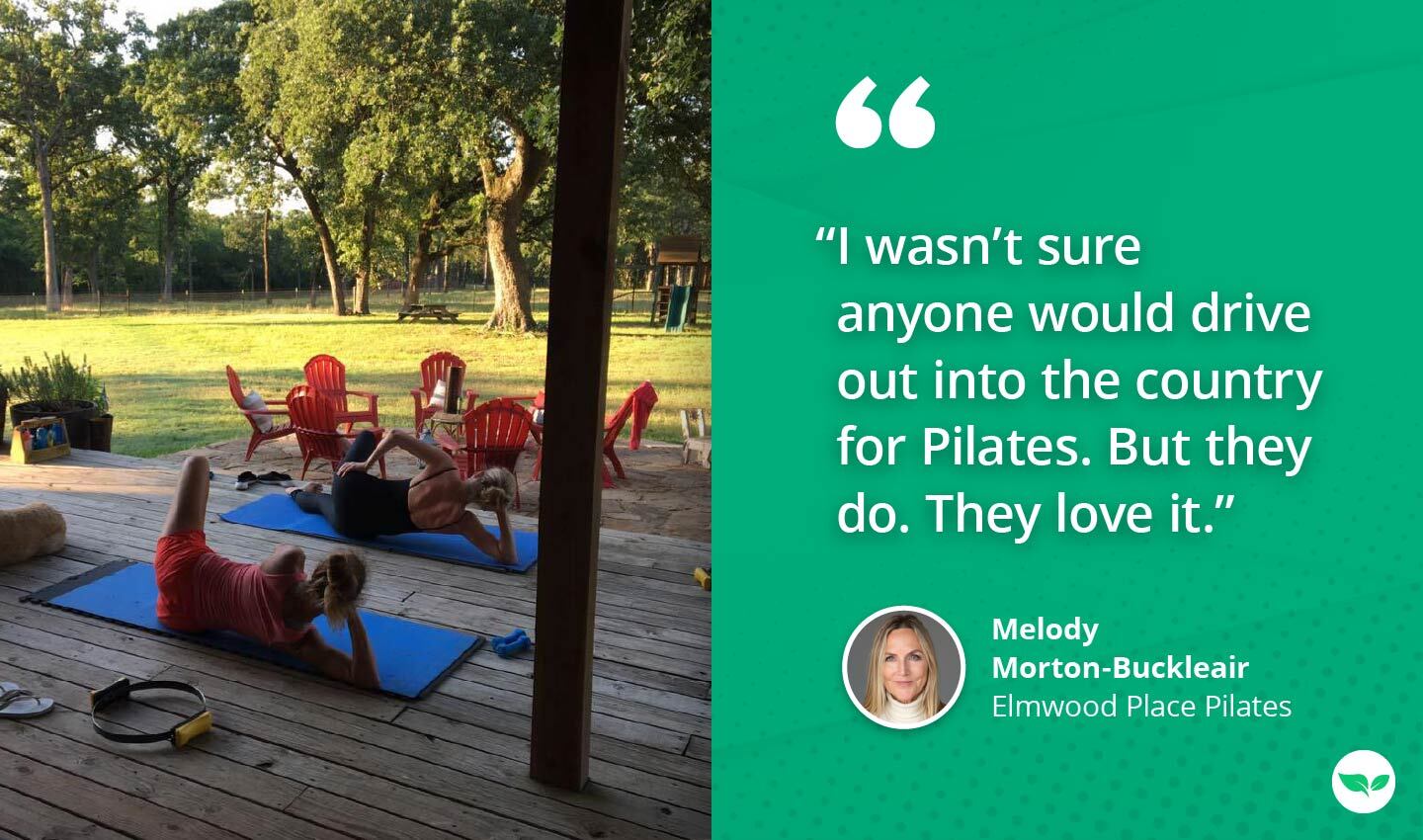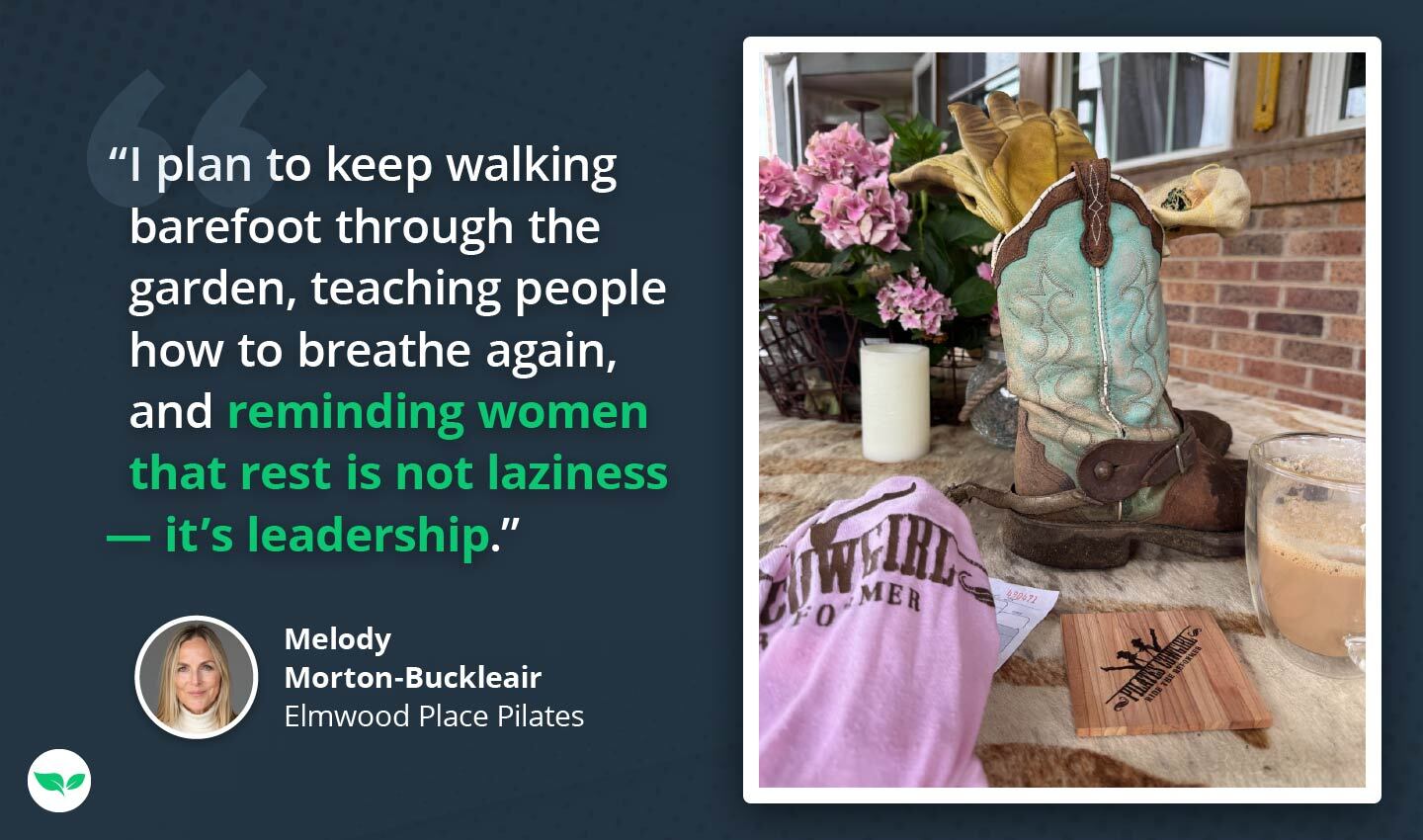How This Pilates Instructor Turned a Tiny Home Into a $23K Studio
After her divorce, Melody Morton-Buckleair moved to rural East Texas and turned a tiny home into a part-time Pilates studio. Today, the business pays for itself, and shows how even a small setup can bring in real income with just a few clients a week.
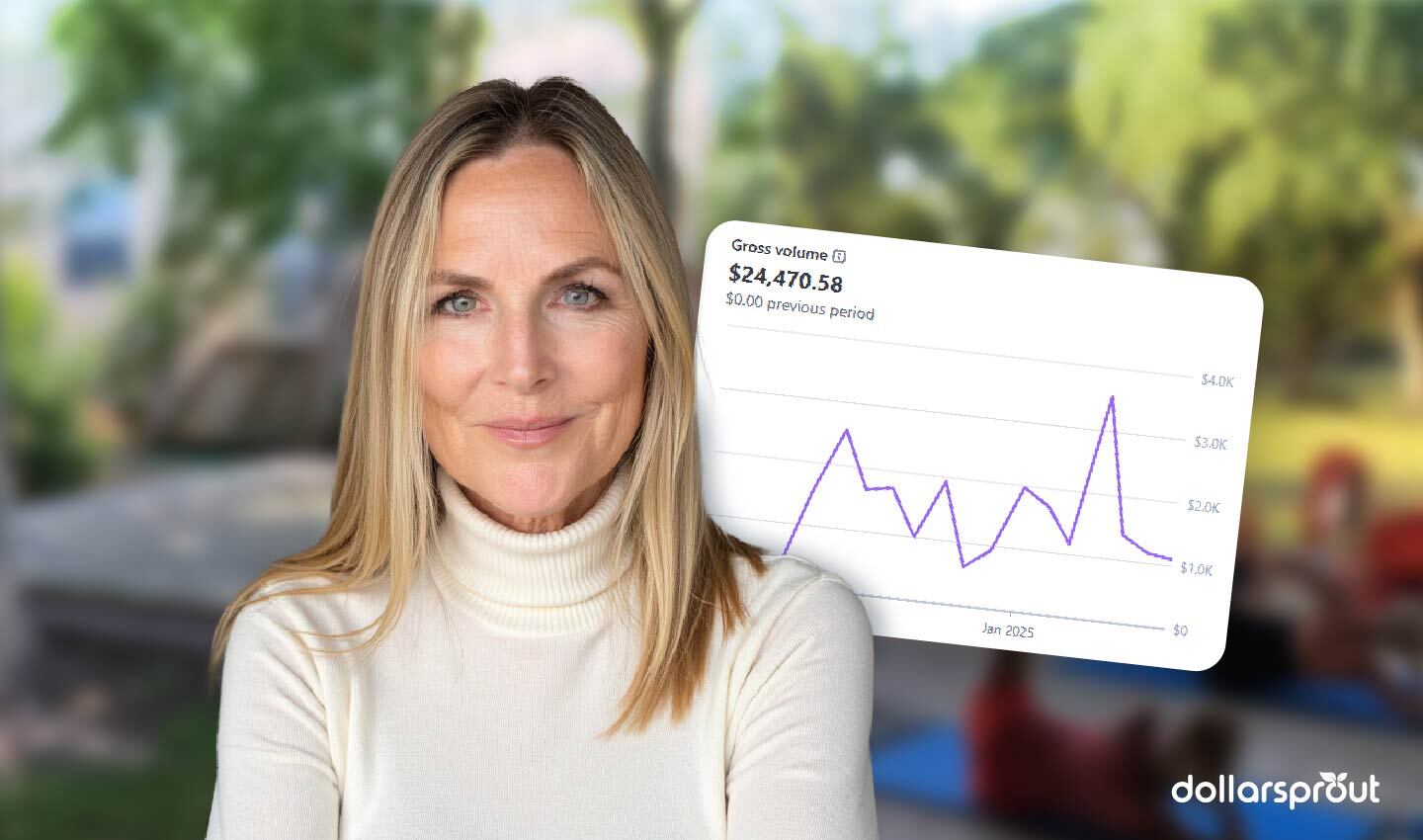
Melody isn’t new to Pilates. She’s been teaching for over two decades and once ran The Good Space, a full-fledged studio in Houston.
Elmwood Place Pilates
💰 Revenue: $23,000 net/year
🗓️ Started: Since 2024
Featured Quote:
“I didn’t start with a big business plan. I started with a certification, a few loyal clients, and a space that felt peaceful.”
But after stepping away from city life, she found herself looking for something simpler — a way to work at her own pace, on her own land, without the overhead of a commercial lease or full-time schedule.
The result was Elmwood Place Pilates: a boutique movement studio housed in a renovated tiny home, on her family’s land in Palestine, Texas, surrounded by gravel paths, gardens, and quiet.
What began as a personal reset has grown into a low-cost teaching practice that now brings in over $20,000 a year — enough to cover the property costs while giving clients something rare: calm, consistency, and space to breathe.
How She Turned a Tiny Home Into a Working Studio
Melody bought the tiny home back in 2017, well before tiny houses were trendy. At the time, it was just a quiet spot on family land — not part of any business plan.
“It wasn’t a business decision at first,” she said. “We lived in it full-time for a year during COVID, and it was part retreat, part classroom, part shelter.”
After her divorce in 2022, she started hosting occasional retreats and workshops on the property. Clients didn’t mind the drive — some came from 15 to 30 minutes away for the peaceful setting, the personal attention, and the sense of space.
“I wasn’t sure anyone would drive out into the country for Pilates,” she said. “But they do. They love it.”
In 2024, she added weekly classes and set up a basic website to handle scheduling and payments. With the equipment already on hand, the tiny home shifted into a full-time teaching space almost on its own.
“I already had everything from my Houston studio,” she said. “The real shift was building the infrastructure — the website, a booking system, the schedule.”
What started as a personal reset turned into a low-overhead studio that now pays for itself — no commercial lease, no signage, no staff.
Related: 20 Low-Cost Online Business Ideas With High Profit Potential
Startup Costs and What It Actually Took to Open
One of the biggest advantages Melody had when launching Elmwood Place Pilates was that she didn’t need to buy equipment — she already owned four reformers, a Cadillac, a tower, and a full set of props from her previous studio in Houston.
“The machines were already paid for,” she said. “So I didn’t have to spend $10,000 to $20,000 just to get started.”
The tiny home cost about $40,000 when she bought it in 2017. Over time, she added thoughtful touches to the property — a gravel path, garden spaces, a yoga deck, even a small pond — but none of it was essential to getting started.

“The only thing I’m really paying for now is the electric bill and the note on the tiny home, which is about $350 a month,” she said. “The studio covers that easily.”
For anyone starting from scratch, here’s a rough idea of what a lean setup might look like.
- Tiny home: $40,000 (2017) + garden/yoga/pool upgrades
- Equipment: Owned — 4 reformers, Cadillac, tower, props
- Monthly expenses: ~$350 (loan + utilities)
- Booking system: Squarespace
Total: ~$44,000+ (plus upgrades)
- Rented space: $20–$50/hr or $500 to $800/mo
- Equipment: $200 to $500 (or $3K+ for reformer)
- Monthly tools: Booking, insurance, utilities ($75 to $150)
- Booking system: Calendly, Acuity, or Wix
Total: $1,000 to $5,000+ to launch
Melody’s advice for someone starting from scratch? Don’t overbuild. Don’t assume you need mirrors, branding, or a polished aesthetic to start teaching. Focus on the space you do have — and make sure it’s legal and safe.
“Don’t teach out of your living room unless you really know your clients,” she said. “Renovate a garage, rent by the hour, or partner with someone who has usable space. Always check your zoning rules, HOA restrictions, and parking situation. And make sure you’re insured.”

Zoning and occupancy rules vary by state and even neighborhood. For example, some cities prohibit more than a certain number of visitors per day at a home-based business, or require conditional use permits. Liability insurance and signed waivers are just the start — local compliance is what keeps your studio open long-term.
She also emphasized the importance of education — not just certification.
“Pilates isn’t a trend. It’s a system,” she said. “Respect it, study it, and learn how to cue, correct, and teach on all the equipment. That knowledge is your superpower.”
Related: How to Start a Business in 9 Simple Steps
How She Got Her First Clients
Melody didn’t rely on word of mouth or organic traffic to get her studio off the ground — she ran a simple Facebook ad targeting nearby towns.
“I had a professional set up a Meta ad for me,” she said. “Within days, I had over 50 responses.”
From there, the funnel was straightforward: people visited her website, clicked through her class schedule, and booked directly through Squarespace.
The ability to automate that process was a turning point.
“No more texting back and forth,” she said. “People could browse, pay, and book on their own time. That changed everything.”
For wellness instructors just starting out, booking platforms like Squarespace Scheduling or Acuity can also handle client intake forms and waiver collection. Digital waivers aren’t just about liability — they streamline onboarding and free you up to focus on teaching instead of chasing paperwork.
Most of her students now purchase 10- or 20-class packs or sign up for a monthly membership. She also offers private and duo sessions for a more personalized experience — something that’s hard to find in larger studios.
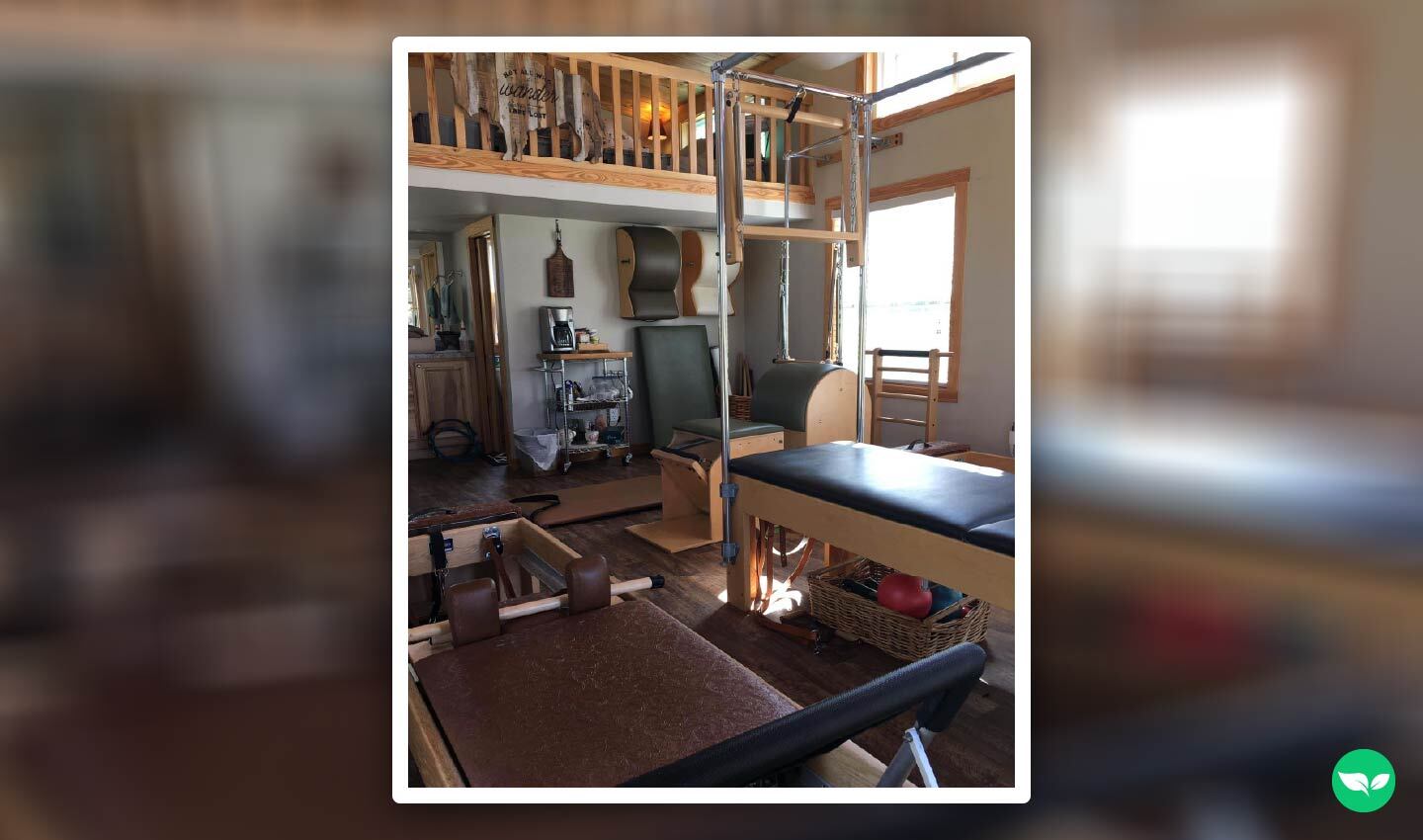
Instructors often choose class pack pricing because it improves client commitment without locking them into rigid contracts. The pricing range here is typical for boutique studios, especially when factoring in low overhead and high-touch service — but it can vary widely depending on location, class size, and whether you’re offering mat or equipment-based instruction.
What keeps clients coming back isn’t just the setting — it’s the relationship.
“Keep it personal. Know their names. Deliver results,” she said. “Make the experience so rooted and peaceful they don’t want to go anywhere else.”
Related: 21 Low-Cost or Free Small Business Marketing Ideas
Her Schedule, Pricing, and What She Actually Earns
Melody teaches anywhere from 10 to 14 sessions a week. Some are small-group mat or reformer classes; others are teen sessions or weekend retreats, depending on the season.
“It’s part-time by design,” she said. “I didn’t want to recreate my full-time studio life — I wanted something more sustainable.”
In her first full year running Elmwood Place Pilates, she brought in $23,000 net. Her only real expenses are the tiny home loan (around $350/month) and utilities. She doesn’t have staff, rent, or recurring marketing costs beyond the occasional ad.
“The studio pays for itself,” she said. “It covers the property, the bills, even the maintenance on the zero-turn mower.”
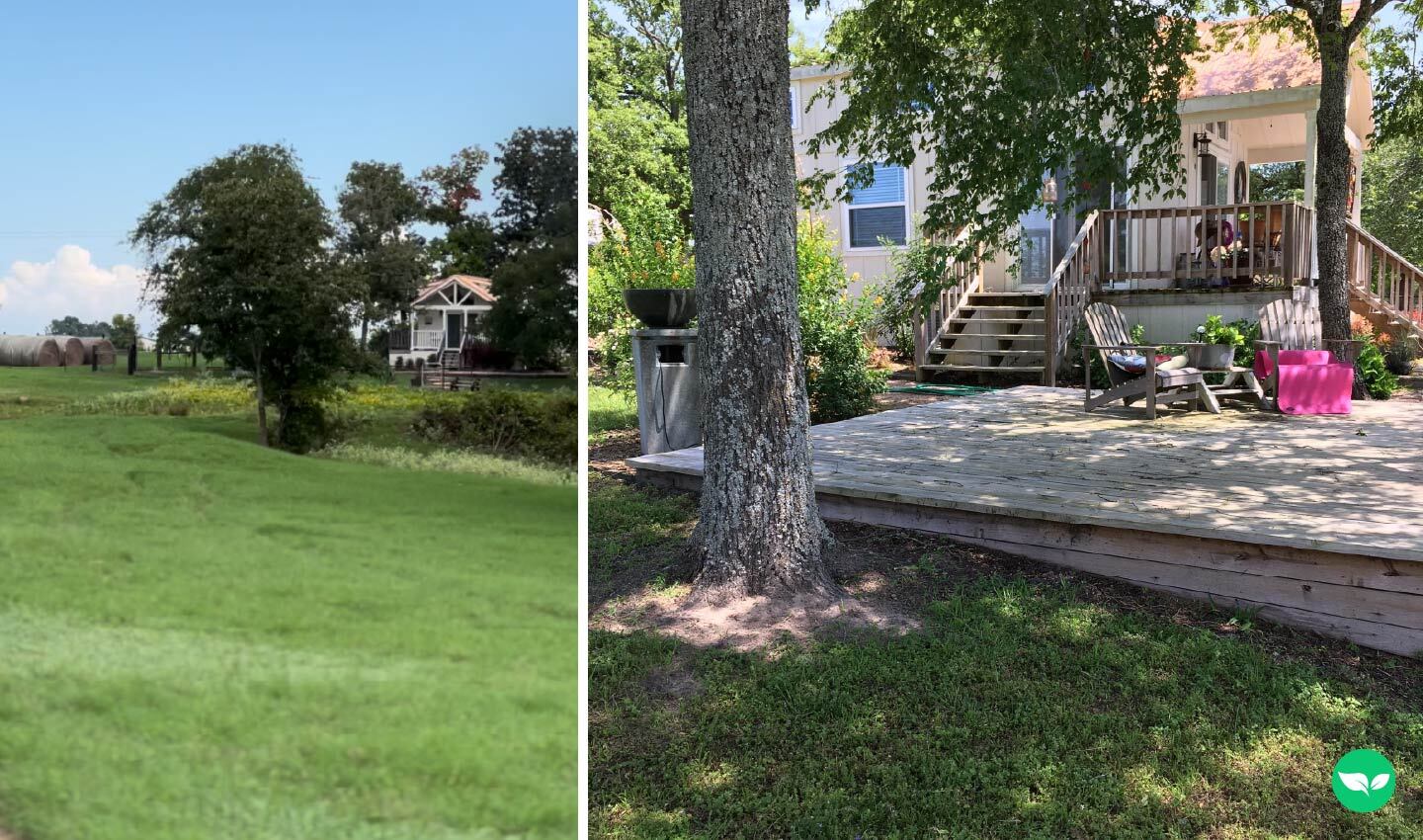
Most students buy class packs — either 10 or 20 at a time, priced between $250 and $400. She also offers monthly memberships and private sessions for those who want a more personalized setup.
“It works because it’s simple,” she said. “The systems run themselves, and I only teach what I have capacity for.”
What She’d Tell Someone Starting Their Own Studio
Melody didn’t plan to open a studio. She just wanted a quiet place to teach a few clients — without commuting, overhead, or someone else’s policies.
“I didn’t start with some big business plan,” she said. “I started with a certification, a few loyal clients, and a space that felt peaceful.”
That slow beginning shaped everything — the way she planned her weeks, how she priced her sessions, even how she laid out the space. She stayed out of debt, skipped the pressure to show up perfectly online, and gave herself permission to build at a gentler pace.
“I think a lot of people assume they need the vibe — the mirrors, the neon sign, the aesthetic. You really don’t,” she said. “You need reps. You need results.”
She didn’t try to do it all. Instead, she kept it focused: classical reformer Pilates, private and duo sessions, and a steady, hands-on experience her clients could count on. And it worked.
Here’s the advice she’d give to anyone hoping to do the same — whether you’re starting in a spare room, a rented office, or your own backyard:
💡 Melody’s Advice for Starting a Wellness Studio
- Study the method — fully. “It’s not just about getting certified. You need to know how to see bodies, give corrections, and teach with clarity.”
- Use the space you’ve got. “I’ve taught in parks, living rooms, tiny homes. You don’t need the perfect setup — you need the reps.”
- Know your roots. “Even if you plan to teach contemporary or fusion styles, study the classical system first. It’s designed to heal, restore, and progress the body intelligently.”
- Make space for ease. Use tools like digital waivers, auto-pay, and a booking system to stay out of your inbox and focused on teaching.
- Don’t perform. “You don’t have to build a brand. You just have to show up real. That’s what people come back for.”
- Design it around your life. “I don’t cram sessions in. I build my week around the energy I have to give.”
If you’re starting from scratch, expect to invest real time and money into your training. Classical certifications like Peak Pilates® Level 1 typically take 4 to 6 months part-time and include both observation hours and hands-on instruction. Most cost between $2,500 and $4,000, depending on the center, but they equip you to teach safely on all the major equipment, not just the mat.
Related: The Forgotten Middle Class of the Creator Economy
What’s Next: Scaling Slowly, Leading Softly
Running a rural studio might look idyllic on Instagram, but Melody is the first to say it’s not effortless.
“There’s no team,” she said. “You’re the marketer, the janitor, the tech support — and the one fixing the Wi-Fi when the horses knock it out.”
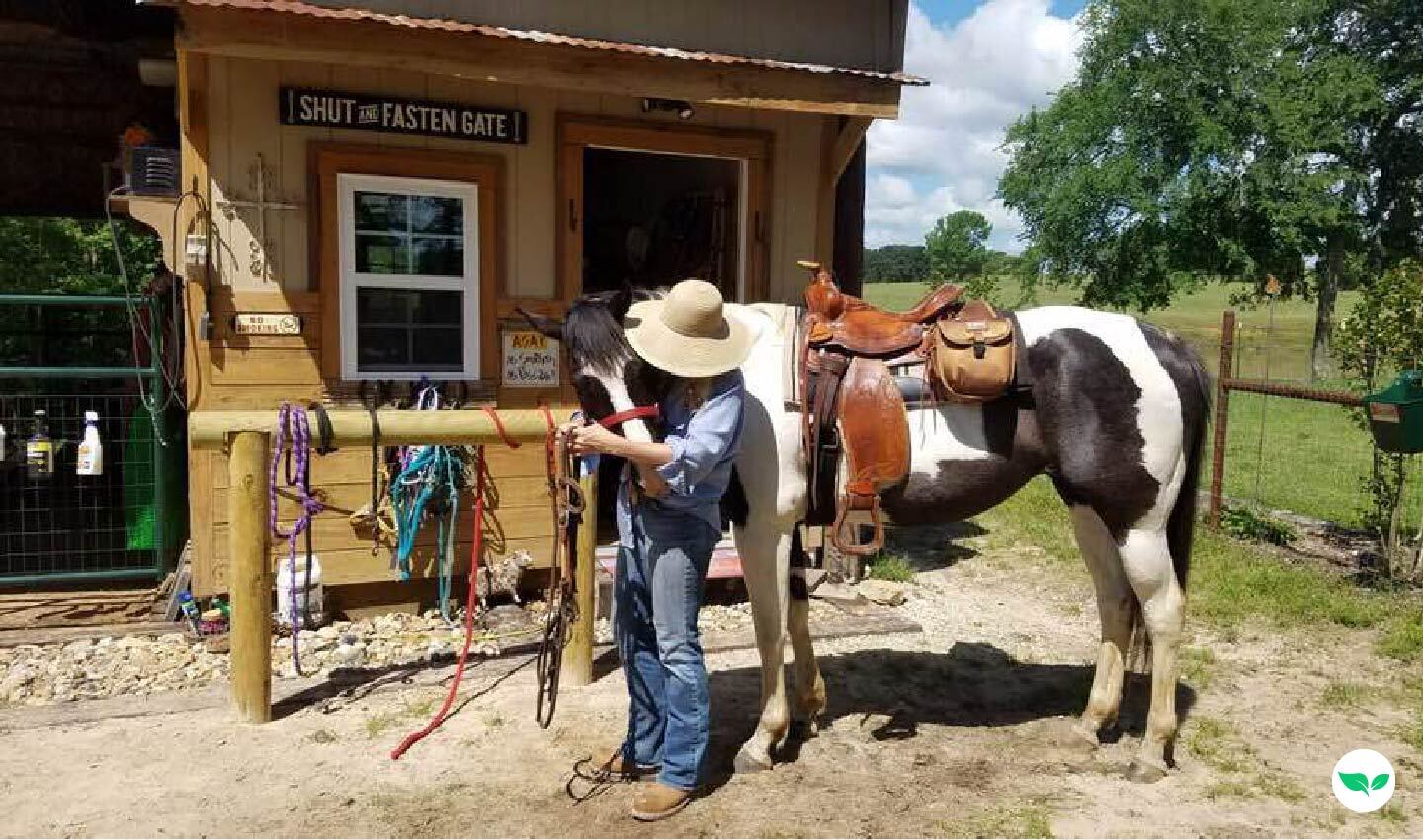
Some weeks, she’s teaching reformer classes and prepping for retreats. Others, she’s hauling hay or rescheduling around school pickup. Like many solo practitioners, she’s learned to protect her time — and her energy — as carefully as any business asset.
“I’ve learned to build my calendar around my energy, not in spite of it.”
That same approach is shaping her next chapter. Melody is launching Motion of Emotion™, a somatic healing course rooted in movement, rhythm, and nervous system regulation. She’s expanding her Word Rocks™ product line, and continuing to host retreats, micro-weddings, and continuing education weekends for instructors. Long-term, she envisions a Pilates Cowgirl® studio model — a franchise of nature-based spaces designed to restore the nervous system, not just tone the body.
But for now, she’s focused on staying rooted.
Most people come back week after week — not just for the movement, but for the quiet it gives them.
“I plan to keep walking barefoot through the garden, teaching people how to breathe again, and reminding women that rest is not laziness — it’s leadership.”
Related:
- 5 Apps That Will Pay You to Lose Weight
- How This Balloon Artist Built a $128K Party Rental Business
- 56 Legit Ways to Make Money Online
- We’ve Earned $100K Renting Out Our Pool — Here’s How
- How One Woman Earns $300/Mo Promoting Brands on Social Media

